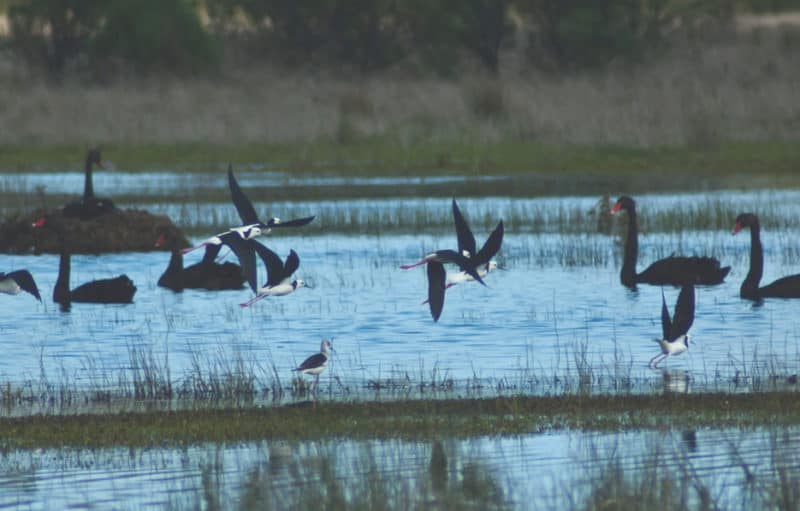IN THE MEDIA 11 October 2018 |
Opinion piece published in The Herald Sun by Phil Ingamells of Victorian National Parks Association.
It might seem like a good idea to protect brumbies roaming free, but horses aren’t good for the high country, and the high country isn’t good for horses. Two extensive public investigations, and a heap of scientific evidence, have shown that hard-hooved animals make a real mess of the environment in Victoria’s Alpine National Park.
Protecting our great high country and its many threatened plants and animals is no easy task in the face of growing tourism pressures and an increasing list of highly invasive weeds and feral animals. Now climate change is seriously adding to the problem. If we are to hand the alpine region on to future generations in some sort of reasonable condition, we have to remove as many threats as we can.
Hard-hooved animals are not native to Australia, and our habitats haven’t evolved to deal with them. They trample vegetation and eat native plants (many of which are rare or endangered), chew bark off trees, compact soil, turn wetlands into muddy wallows and spread weeds. Most clearly affected are the extensive but fragile peat beds and moss beds that once blanketed much of the high plains. They are officially recognised as threatened by both the Victorian and Federal governments. When healthy, they distribute clear water year-round into the headwaters of of Victoria’s finest rivers, but their gradual recovery after the end of high country cattle grazing has been slowed by an increase in feral horses and deer. It’s good that Parks Victoria is now taking action to control both of these animals.
Problems like this can’t be solved through misinformation, or sticking to misplaced concerns. Wild horses might seem to be having a good time up there on a bright sunny day, but it’s actually no place for an ill-equipped animal. Faced with bushfires, heavy snow and drought they die, uncomfortably, in great numbers. Indeed, only last week, canoeists came across many horses dead from starvation in Kosciuszko National Park, just over the border from Victoria. If that happened through neglect on private land, the owner would face prosecution.
And the horses up there aren’t, as some claim, a line of pure bred brumbies dating back over a century. That bloodline might be around, but in general they are a great hotch-potch of horse breeds, because people have been dumping unwanted horses in the park for decades.
Parks Victoria is currently tackling deer through a range of programs, including an aerial shooting trial in coming weeks. And it plans to remove all horses from the Bogong High Plains, and several hundred a year from the eastern section of the national park. They will be lured into yards, and as many as possible will be rehomed to private owners. Those that can’t be rehomed, perhaps because they are sick or injured, will be euthanased on-site under veterinary supervision in a process approved by animal welfare bodies. This is consistent with a carefully drawn up management plan developed through extensive public consultation.
The aim is to have a park that will protect the remarkable natural heritage of the high country for all to enjoy; a place where our children’s children will know what it’s like to wander through acres of summer wildflowers. Or, if they are up there in early spring, maybe catch the rare and very vulnerable Alpine Marsh Marigold flowering under melting snow. And it should be a park where people can learn about and appreciate the long Indigenous association with the high country.
We know that Victorians overwhelmingly support national parks, and we know they want them to be managed well. And health professionals know that people who have the opportunity to spend time in natural areas are physically and mentally better off – and that can lead to a healthier and more prosperous community.
Victorians are starting to move management of our ancient natural and cultural heritage in the right direction, but it’s a seriously difficult job. We should be supporting our park managers with increased funding and expertise. Currently the management of Victoria’s extensive park system, from the Mallee parks, through a range of forested areas to the coasts and the Prom, are managed on less than half of one percent of Victoria’s budget. A serious increase in that will help us protect the 100,000 native species that live in Victoria. And it will give us a chance to experience the parks generations of Victorians have set aside to protect that heritage.
As for the horses hanging out in the Alpine National Park, it will greatly help Parks Victoria achieve its well-considered strategy if those who are able to retrain wild horses, and send them to a good home, give the park’s mangers all the help they can.
